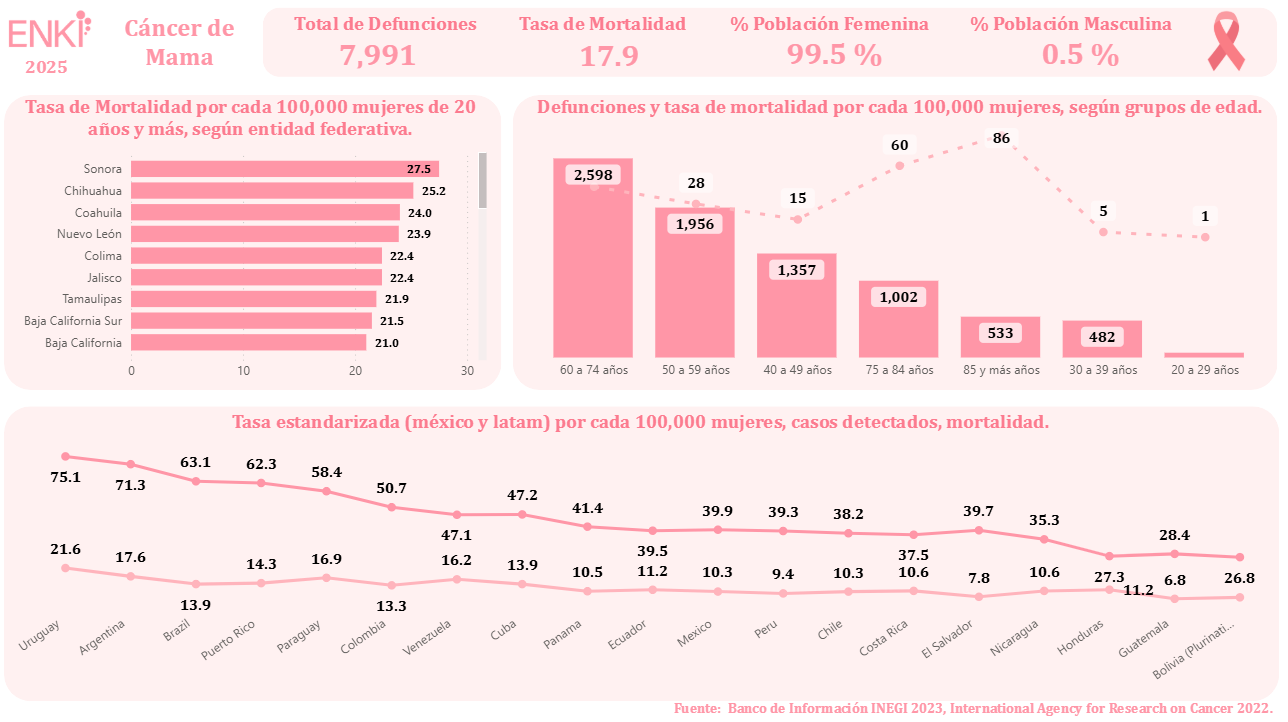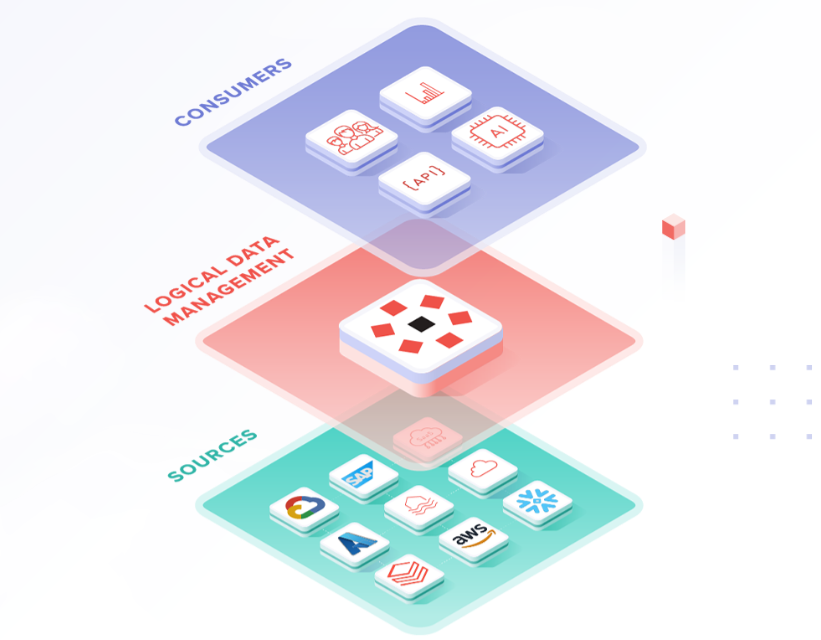To answer this big question, it's important to first understand what Data Science exists for. Nowadays, most companies and organizations have an immaterial wealth that is often not used: data. Fortunately, today's technology allows us to create and store large amounts of information to be able to process it and convert it into business intelligence. The “why” lies in being more efficient and better day in and day out.
But how big is the data world? In fact, it's estimated that 90% of global data was created in the last two years. To show a button, Facebook users upload 10 million photos per hour; in one minute more than 159 million e-mails are sent and YouTube users watch 4 million videos. For businesses, this is no different: Amazon ships 3.5 million packages a day worldwide, while shoppers leave $7.6 million left behind in their shopping carts.
Defining Data Science
Some authors consider Data Science as the evolutionary step in interdisciplinary fields such as business analysis, which incorporates computer science, modeling, statistics, analytics and mathematics into a single process. For their part, others define Data Scientists as those who can create bridges between raw data and analysis by making them accessible. This gives them a democratizing role as they bring data to ordinary people.
We can define it a little further by saying that Data Science is an interdisciplinary field that combines machine learning, statistics, advanced analysis and programming, while some conceive it as a new art form that extracts hidden knowledge and makes the most of data in the cognitive era.
The truth is that all the definitions agree on their disruptive origin and their usefulness for transforming companies and organizations.
Data Science to Be Better
Data Science is a fundamental tool for turning the large amount of data that currently exists into a competitive advantage by refining the products and services we offer to our customers or users.
Data Science can help us:
- Determine what the customer drain is by analyzing the data collected from user contact channels (social networks, call centers, etc.)
- Improve efficiency by analyzing traffic patterns, weather conditions and other factors so that logistics companies can improve delivery times and reduce costs.
- Optimize the supply chain by predicting when equipment failures will occur.
- Detect fraud in financial services by recognizing suspicious behavior and abnormal actions.
- Improve sales by creating recommendations for customers based on previous purchases.
How do I know if I need to implement Data Science in my business or organization?
To determine if we need a strategy based on Data Science, it is important to ask ourselves if our productivity has decreased or has stagnated, if the technological tools we have implemented have not worked or if we do not have customer acquisition or retention.
If you want to know more about how to implement Data Science in your company, visit our section.









































